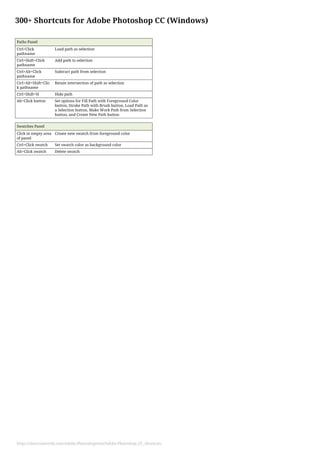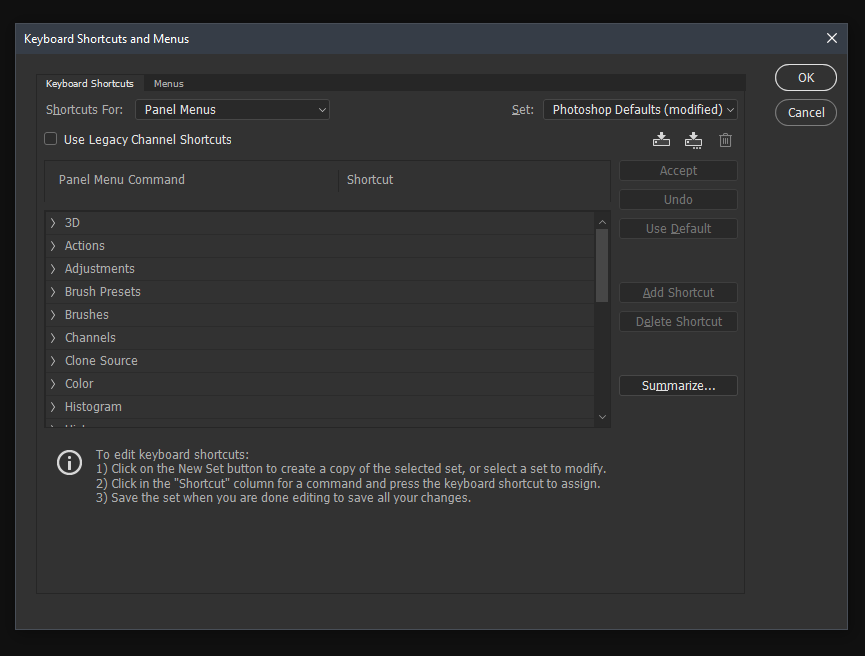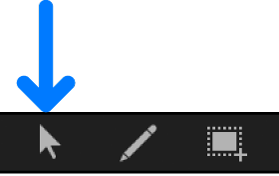
Once you click off the image and frame layer, you are left with an image inside the frame shape you have chosen. The image will be converted to a smart object, shown in the bottom right corner of the image thumbnail to allow for non-destructive editing when you resize or edit the image.

Once you have selected an image from your computer, it will be placed into the frame and re-sized to fit the frame as best as possible. In most cases, embedding the image is probably what you want to do. These options allow you to select a stock image, embed an image from your computer into the document, or link to an image on your computer. To add an image into the frame, navigate to File and choose one of three options: If there is no image in the frame yet, the content thumbnail will remain white until an image is added. The content thumbnail is represented by the white box, usually where a layer mask is added to normal layers. The frame thumbnail is shown by the frame icon in the bottom right corner. The frame layer has two elements, the frame itself and the image that is in the frame. Once a frame is added to your document it will create a new frame layer in the Layers panel. In this case, I created an ellipse frame. You will now have an empty frame in your document. However, If you want to create a uniform square or circle frame, hold shift while creating your frame. This operates the same way as creating a regular shape layer in Photoshop.ĭon’t get too hung up on the size since you can go back and resize the frame later. Once your shape is selected, click and drag on your canvas to create your frame. Select the shape you would like your frame to be from the top options bar. The default frames offer rectangular or elliptical frame options. To create a simple frame on your blank canvas, select the frame tool from the toolbar or use the keyboard shortcut, K. Add in your desired width and height and select Create. To use the frame tool, start by creating a new document by navigating to File > New or using the shortcut Control + N (Windows) or Command + N (Mac). However, you can take it a step further by using text frames or creating a border. The frame tool is simple to use when creating standard frames. Frames can only hold smart objects, not text or shapes.

Images within frames can be replaced without affecting the container. You can also manipulate the frame without affecting the image within it, offering more customization options. This process allows for a non-destructive workflow so any images within placeholders can be manipulated separately to the container.

The frame becomes a container for your image which is also converted to a smart object. However, you can also create your own frames using shape or text layers to form more customized frames for your images.

By default, you can either create rectangular or elliptical frames using the frame tool. The frame tool essentially creates a placeholder frame for your images.
#Keyboard shortcut for paste frames photoshop how to
This tutorial will walk you through everything you need to know about the Frame Tool, including how to customize how your images appear within them! What Is The Frame Tool In Photoshop? You can use this feature within Photoshop to get creative with your layouts and make collages exceptionally easy. Frames are often used by designers to create unique effects and to place images into predetermined spaces. If you are familiar with Adobe InDesign, then you may have an idea of how frames work. Click and drag out to create a frame, then with the new frame layer selected, go to File > Place Embedded to add an image to the frame. To use the Frame Tool in Photoshop, select it by pressing K, then select the rectangular or elliptical frame shape from the upper settings bar. You can use the rectangular or circular frame shapes by default, or convert shape and text layers into frames for a more customized look. For collages or cropping your images into a certain shape, the frame tool offers a fast and easy way of doing things. Photoshop’s frame tool is a simple way to mask images into specific shapes.


 0 kommentar(er)
0 kommentar(er)
